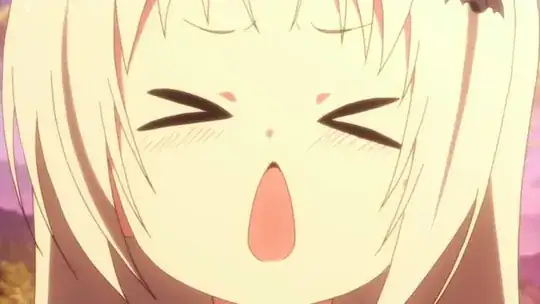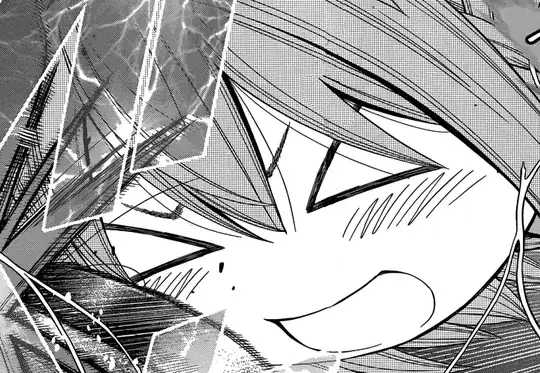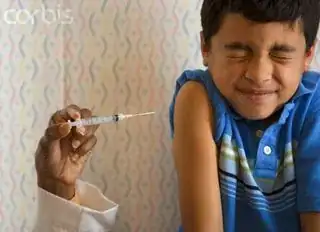In the media/anime-verse, they do not have any specific name for themselves.
The eyes themselves form a part of the Wingding Eyes:
For animated characters, the eyes are the windows to the soul—literally. So literally, that their eyes become their innermost thoughts projected in very clear symbols for all to see.
For example, the common ones mentioned include:
-
X or +: Dead or knocked out. Comical depictions of corpses or ghosts will have their tongues sticking out as well as this.
-
Spirals: Dazed, confused, terrified, dizzy, or knocked out.
-
Stars: Excitement, determination and dreaming of fame and fortune
In the real world, these >_<, >o<, >△< are a part of Kaomoji:
Kaomoji (顔文字) is a popular Japanese emoticon style made up of Japanese characters and grammar punctuations, and are used to express emotion in texting and cyber communication.
As mentioned on the site:
Japanese emoticons are extremely diverse. Some of Internet sources state the number of 10000 but, in fact, there are much more of them. Such diversity may be explained by at least two factors:
- Unlike Cyrillic and Latin alphabets, which are usually written in single-byte character sets, Japanese writing requires a minimum of double-byte sets with a wider scope of characters;
- Kaomoji can express not only individual emotions, but also complex actions, objects, and even whole stories.
>_<, >o<, >△< and other expressions can be interpreted in different ways in the anime, depending on the scene being depicted, the character, the Wingding Eyes and their combination with the expression put on the characters' face.
The most common uses in anime are to depict:
- Anger
- Excitement
- Embarrassment
- Frustration
- Jealousy
- Pain (or to brace yourself against an incoming impact)
 From this alone we might be inclined to call it the "cute crying face." However, consider the next picture:
From this alone we might be inclined to call it the "cute crying face." However, consider the next picture:

